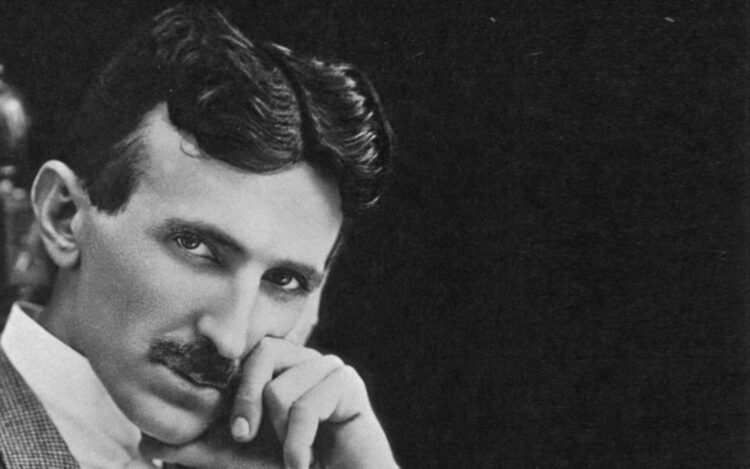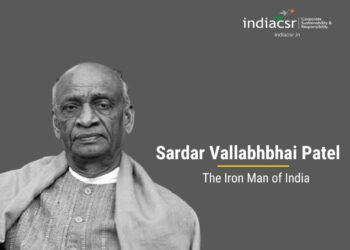Nikola Tesla was one of the most brilliant and influential inventors of the 19th and 20th centuries. He is best known for his contributions to the fields of electricity, magnetism, radio, wireless communication, and robotics. He also envisioned many futuristic technologies, such as wireless power transmission, solar energy, x-rays, lasers, and interplanetary communication. He was a visionary who dreamed of improving the lives of humanity with his inventions.
Early Life and Education
Nikola Tesla was born on July 10, 1856, in Smiljan, a village in the Austro-Hungarian Empire (now Croatia). He was the fourth of five children of Milutin Tesla, an Orthodox priest, and Djuka Mandic, a homemaker. Tesla showed an early interest in science and engineering, and he was fascinated by electricity. He studied at the Realschule in Karlovac, where he excelled in mathematics and physics. He then enrolled at the Austrian Polytechnic in Graz, where he studied electrical engineering. He later transferred to the University of Prague, but he did not complete his degree.
Career and Inventions
Tesla began his career as an engineer at the Central Telephone Exchange in Budapest, where he invented a device that improved the efficiency of telephones. He then moved to Paris, where he worked for the Continental Edison Company, designing and installing electrical equipment. In 1884, he immigrated to the United States, where he joined the Edison Machine Works in New York City. He worked under Thomas Edison, the famous inventor and businessman, but he soon left after a disagreement over payment.
Tesla and Westinghouse: Pioneers of AC Power
Westinghouse hired Tesla and bought his patents for AC technology. Together, they built the first large-scale AC power plant at Niagara Falls, which supplied electricity to Buffalo, New York. This marked the beginning of the “War of Currents”, a rivalry between Edison’s direct current (DC) system and Westinghouse’s AC system. Tesla’s AC system proved to be more efficient and economical than Edison’s DC system, and it eventually became the standard for electric power transmission and distribution.
Tesla’s Foray into Radio Waves and Wireless Communication
Tesla continued to invent and innovate in various fields of science and engineering. He experimented with radio waves and wireless communication, claiming to have invented the first radio transmitter and receiver. He also built a laboratory in Colorado Springs, where he tested his ideas for wireless power transmission and global communication.
Wardenclyffe Tower: Tesla’s Dream Left Unfinished
He later moved to Long Island, where he constructed a huge tower called Wardenclyffe, which was intended to be a wireless broadcasting station and a source of free energy for the world. However, due to financial difficulties and lack of public support, Tesla was unable to complete his project.
Tesla’s Final Years and Lasting Legacy
Tesla spent his later years in New York City, living in various hotels and working on new inventions. He also became more eccentric and reclusive, claiming to have communicated with extraterrestrial beings and developed a death ray that could destroy entire armies. He died on January 7, 1943, at the age of 86. He left behind hundreds of patents and thousands of notes and documents that revealed his genius and vision.
Conclusion
Nikola Tesla was one of the greatest inventors of all time. He revolutionized the fields of electricity, magnetism, radio, wireless communication, and robotics with his inventions. He also foresaw many technologies that are now common in our modern world. He was a pioneer who challenged the status quo and pursued his dreams with passion and perseverance. He deserves to be remembered and honored as a hero of science and humanity.
References
: Nikola Tesla – Wikipedia : Nikola Tesla Biography – Biography.com : Nikola Tesla | American inventor | Britannica : Nikola Tesla: The Forgotten Genius – History.com : Nikola Tesla: The Man Who Electrified The World – National Geographic






















